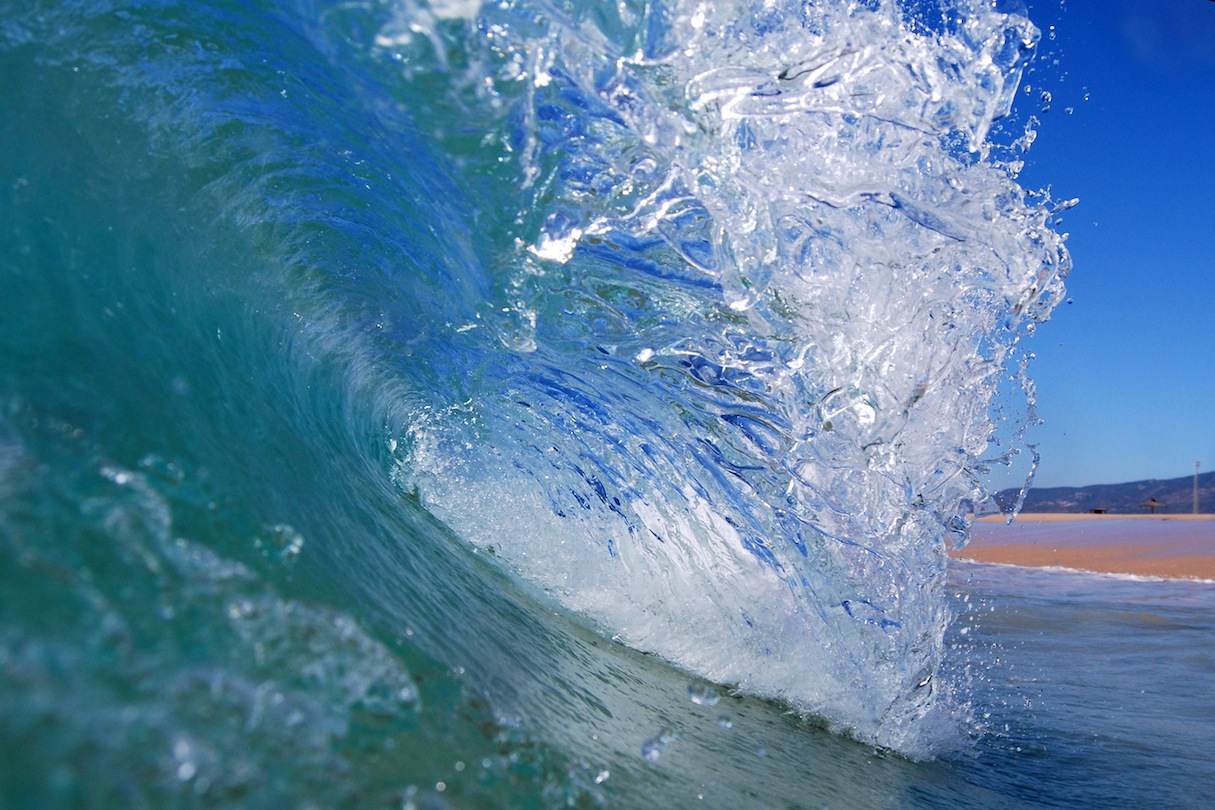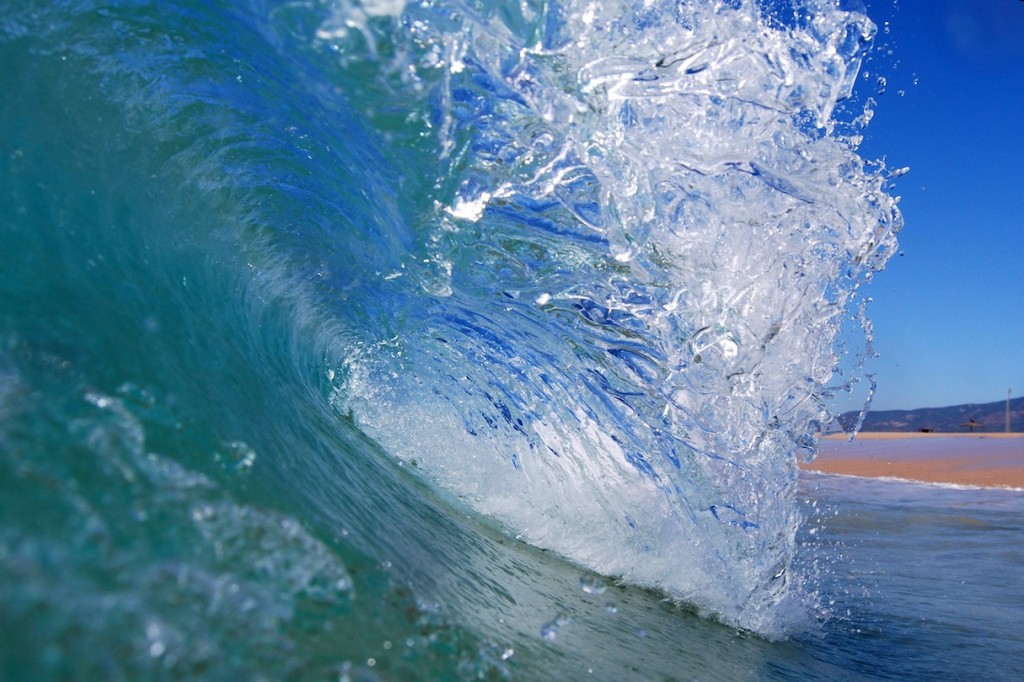
Often when you are riding you will notice that whilst riding in one direction you are fully powered up…maybe even a little overpowered, whilst in the other direction you have the work the kite like crazy and can barely stay upwind.
This seemingly strange effect is caused by the direction of the tidal current.
Imagine that you go for a jog and the wind is blowing at your back. The wind is blowing at 15 kph (I know we should be using knots but who talks about running speeds in knots…even I’m not that geeky) and you are running at 10 kph. The actual wind you will feel on your back is only 5 kph.
Again this isn’t precisely correct as it fails to take into account induced wind and any physicist out there could rain on my parade but for the purposes of this example it will suffice.
Later on in the jog on the way home, you are running into the wind (isn’t that always the way it happens, when your tired and dreaming of a shower) the wind is still blowing at 15 kph and you are still running at 10 kph. Now the wind you feel on your face is more like 25 kph as you are running at 10kph into a wind of 15 kph.
The Same Thing Happens On The Water

The exact same thing happens on the water as you ride with or against the tidal current. So lets say the wind is blowing from the West at 25 kts and the tidal current is flowing in the same direction at 10 kts and you launch from the beach and head out.
Now as the tidal current is pulling you, and thus your kite, in the same direction as the wind at roughly 10 kts the actual wind your kite will feel is only 15 kts.
Now reverse the tidal current so the tidal current is flowing in the opposite direction to the wind again at 10 kts. Now when you start to ride the tidal current is pushing you (and your kite) towards the wind at roughly 10 kts which means the wind that you feel in your kite is roughly 35 kts.
This is why some locations only work in certain winds with certain tides, as the tidal range has to be running in the right direction for the effective wind speed to be right. If you combine this with the rule of twelfths you can see that if you are looking for a wind vs tide situation then the best time to go riding would be between the 3rd and 4th hour as at this point the influence of the tidal stream will be greatest.
These examples are hugely simplified and don’t worry this isn’t something you need to sit at home at night planning and plotting on tide charts. It does help you however to be aware of these things early in your career as that way you can ride with a greater knowledge of what effects the local conditions are having on your session and so hopefully use the conditions to aid you rather than trust to chance.
Rip Tides
Feared and loved by surfers throughout the world, rip tides can be lethal if you don’t understand them…or highly useful if you do. Rip tides (or currents to be more precise) can form on any beach but are more prevalent on cove shaped beaches. A rip forms because as the tide pushes up the beach there simply isn’t enough space to hold it all and some of it thus needs a to find a way to get out of the way of the incoming tide and back out to sea, so making space for the water that is following it. This is why these will often be found in cove shaped beaches where space in the bay is limited. That said there will pretty much always be a rip current of some sort at some point along any beach whilst the tide is coming in.
A rip current is both deadly and useful. Deadly because quite obviously if you get caught in one it will pull you out to sea. Many rip currents are impossible to swim against and will pull you out very fast. For that same reason if you understand how they work they can be very useful (especially for surfers) for getting away from a beach and out of the impact zone of crashing waves. Many surfers will ride a rip current like this to get out back with a minimum of effort.
The way to get out of a rip current is not to swim against it as is most peoples instinct but to swim perpendicular to it. A rip current is often a very localised effect and may be a channel only a few meters across thus by swimming at 90 degrees to it you’ll often find yourself released back into calmer waters within a few strokes. That said some rips can be a little wider, but in general this is an effective technique for escape.